I still remember as an amateur gardener (I never progressed much beyond that) I once planted 3 zucchinis that ended up yielding 2 to 3 zucchinis per day! Even my neighbors got over-zucchini-ed and asked me stop visiting them.
It really hurts me to waste and throw food away, do you feel that too? So I got resourceful. Apart from fermenting the zucchinis (as relish), I also got into dehydrating them as snacks. I was hooked and then came fruits (like apples and strawberries), nuts and seeds.
Do you know why so many people develop a food intolerance or allergy to nuts and seeds?
They contain naturally occurring lectins and phytic acid – nothing wrong with that, it’s the plants’ way to protect itself from being eaten. But, when we humans, consume heaps of them, that’s where health problems develop.
Traditionally, grains, beans, lentils, nuts and seeds had always been soaked before getting cooked. And there is a good reason for that – to deactivate the lectins and phytic acid so they do not compromise your digestion and cause inflammation.
But, once you soak the beans, grain, nuts and seeds, you need to either use them right away (or they will grow mold, which is highly toxic) or dehydrate them for future use.
I don’t know about you but I hardly ever plan that far ahead – when I feel like making a nut pie crust or make a grain porridge, I don’t pre-plan soaking the night before – I just make it NOW.
This is why my wall pantry carries many of the nuts and seeds in a dehydrated form. Or, whenever I can, I buy sprouted nuts, seeds or flours – which are understandably more expensive.
What you can dehydrate:
- Fruit – especially in summer when there is such an abundance!
- Vegetables – my favorites are zucchinis (yeah…), tomatoes, sweet potatoes, parsnip and beets (a great liver tonic, too)
- Orange, lemon or lime rind – use it later in drinks, soups, stews and spice blends
- Nuts – great to soak and then dehydrate them – for better digestibility
- Seeds – great to soak and then dehydrate them – for better digestibility
- Juice fiber – don’t throw away the fiber! Use it – recipe in the post.
- Meat – like making a jerky?
One thing I do NOT recommend dehydrating are raw grains. Grains should be cooked. Period.
How to Dehydrate Food
You can dehydrate in a couple of ways:
Using a dehydrator – duh!
One great option is the COSORI premium food dehydrator, which is equipped to handle all your dehydrating endeavors. You can get it on Amazon.
The oven method. Some ovens have the dehydrator option built in (I just discovered that mine does, I have Bosch oven). If you do not, set the oven to the lowest temperature, place a thermometer and keep the oven door ajar (I use a metal spoon, not wooden!) until you can maintain the 110 to 140F temperature. Please do not do that if you have young children or curious pets around the kitchen!
This method works once you rehearse it a few times. I will admit though: I did burn food this way in the past so if you are serious about dehydrating (and got the room), get a dehydrator instead.
Raw Juice Pulp Cracker
Isn’t it a shame to toss out the remains of veggies and fruit after you juice them? There are still heaps of nutrients in the pump which is also full of fiber – use it. No more waste with this Raw Juice Pulp Cracker Recipe!
Hearty Flax Crackers
This recipe for Hearty Flax Crackers is super crunchy, delicious, and simple to make.
Organic Grass-fed Beef Jerky
Jerky is one of the best grab-and-go snacks available. Most commercial jerky is loaded with sugar, too. If, for example, you are doing a Candida cleanse (and must avoid sugar 100%), this is a great snack to make. We liked this recipes of the Grass-fed Beef Jerky using the dehydrator. It will also save you a ton of money.
Raw Pumpkin Wrap
An easy Raw Pumpkin wrap you can make at home with your dehydrator. This recipe uses pumpkin, flax meal, almond meal, and nutritional yeast.
Activated Nuts
Here is a simple step by step process for soaked and Activated Nuts using your dehydrator. Great for those with compromised digestion. You can use the same recipe with many other nuts and seeds such as sunflower, pumpkin or even flaxseed (although they will gel).
Lemon Dill Zucchini Chips
Zucchini is always in abundance during the summer! Here is a wonderful Raw recipe for Lemon Dill Zucchini Chips that happily combines zucchini, dill, and lemon. Grab your hand-held mandolin slicer to get the nice thin chip.
Cinnamon Apple Chips
Dried Cinnamon Apple Chips are a classic. They are delicious and easy. Pack them for snacks when on the run.
Dark Chocolate Coconut Chips
Super chocolatey and crunchy, these Dark Chocolate Coconut Chips are pure sweet tooth satisfaction without a stitch of processed sugar. Raw, vegan, superfood-infused, and made with antioxidant-rich raw cacao!
Superfood Cookies
These Superfood Cookies are for those of you who love a naughty cookie but want a nutritional boost to the body instead of bloat to the waistline. This is loaded with the good stuff, things like hemp protein, chia seeds, goji berries, flax seeds, maca and lucuma powder. These cookies are guaranteed to have you feeling full, and your body bursting with vitamins, minerals, and energy.
Raw Cauliflower Crust Pizza
Get your crucifers in this recipe for a Raw Cauliflower Crust Pizza. The ingredients are pretty simple. Cauliflower, pine nuts, ground golden flax, hemp seeds, garlic, basil, oregano and sun-dried tomatoes all come together to make a delicious, healthy, nutritionally packed crust. A little bit of lemon juice and optional nutritional yeast round out the flavor.
Simple Sun-Dried Tomatoes
These Sun-Dried Tomatoes are wonderful in salads, pasta, stews, casseroles, and soups. And this method using your dehydrator is simple and quick.
Falafel Buddha Bowls
This recipe for Falafel Buddha Bowls uses sprouted chickpeas to create a raw (dehydrated) falafel. Finish with more raw veggies and a savory sesame dressing. A beautiful Buddha bowl!
Peach Raspberry Fruit Leather
This fruit snack uses 3 ingredients! Skip all of the added sugars and preservatives and treat your kids to something natural and delicious with this Peach and Raspberry Fruit Leather recipe.
Dried Lemon Peel
This recipe for Dried Lemon Peel can be used for oranges and limes too. It is an easy way to keep citrus zest on hand to compliment many different sweet and savory foods.

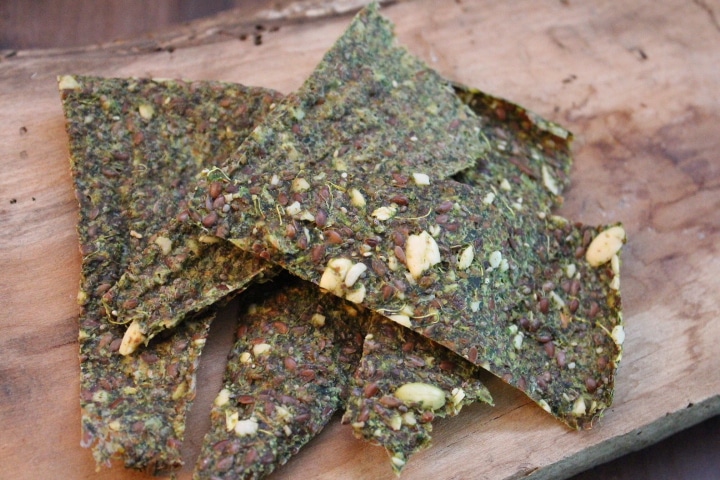


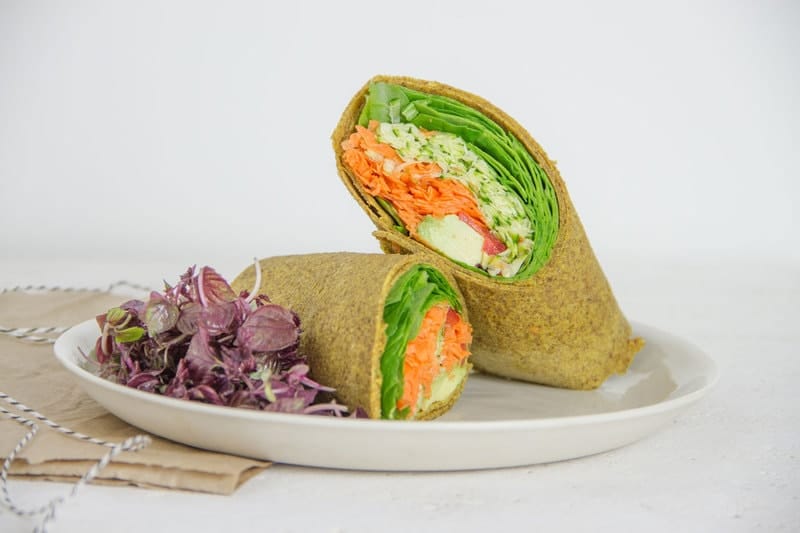
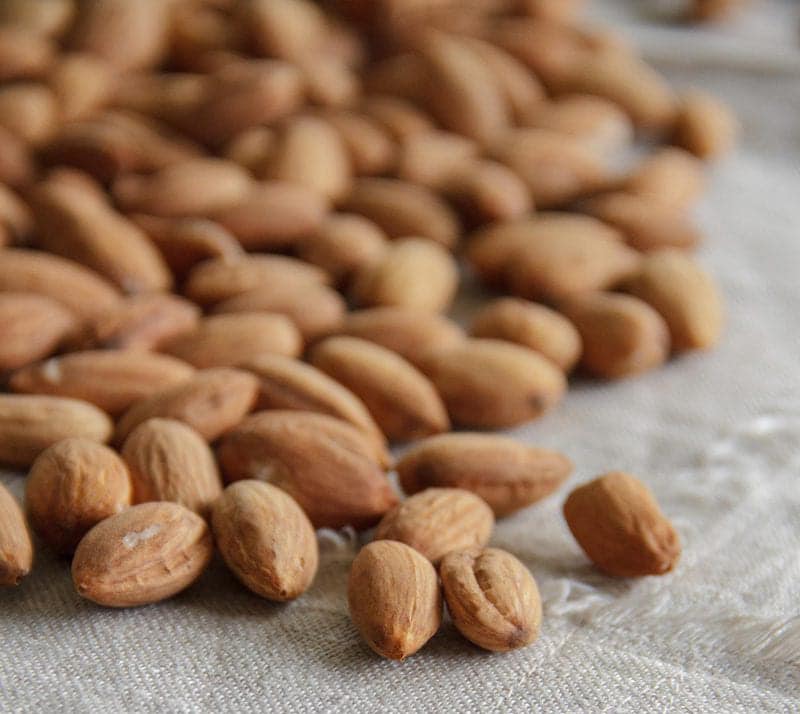
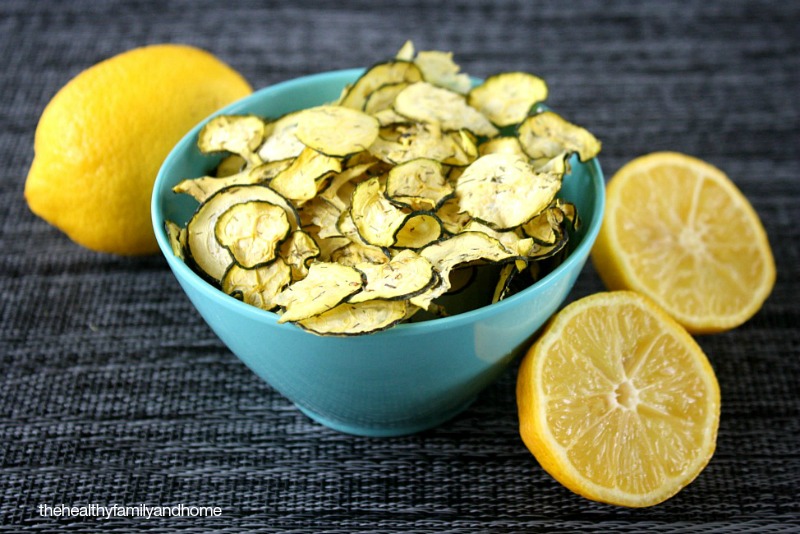
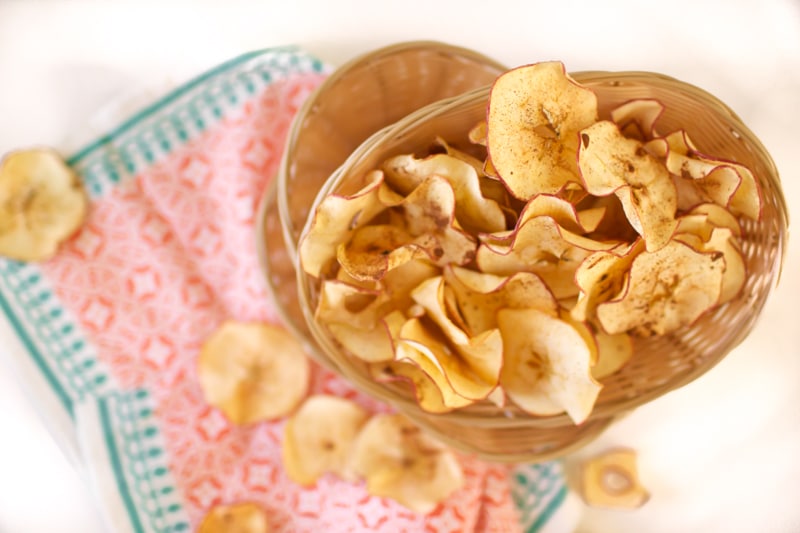
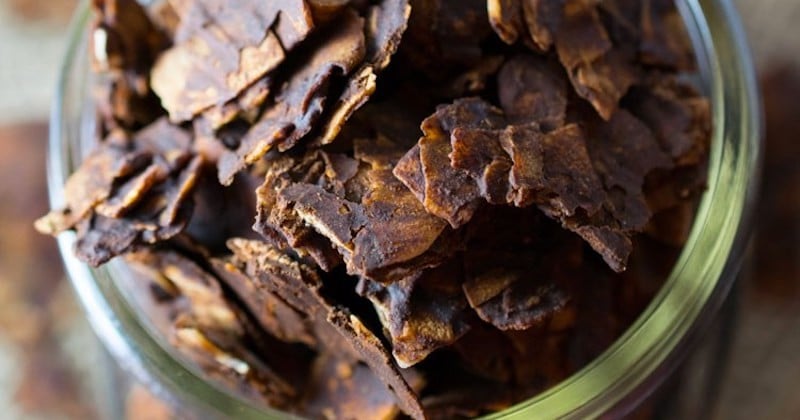
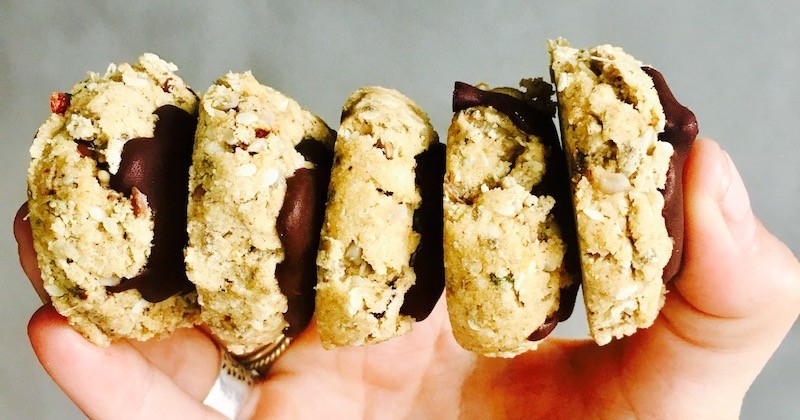

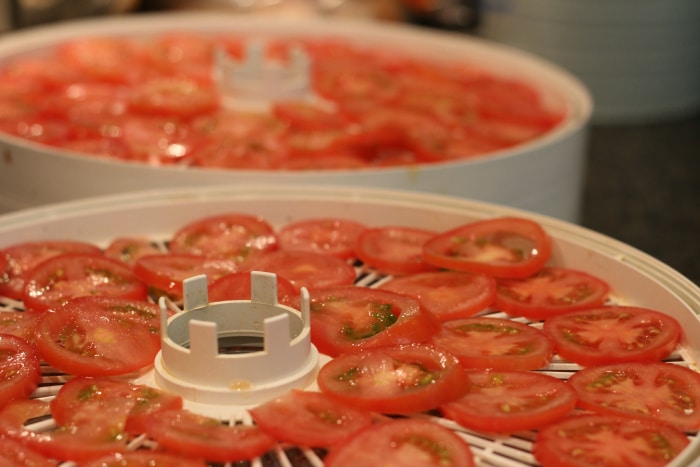

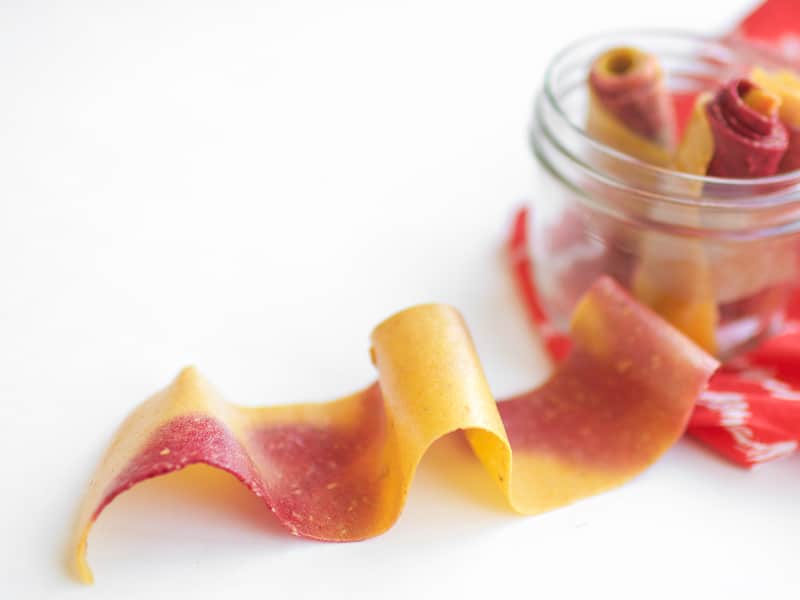

Hi! I just bought your book and I was wondering if there is a shopping list for each phase?
Thank you